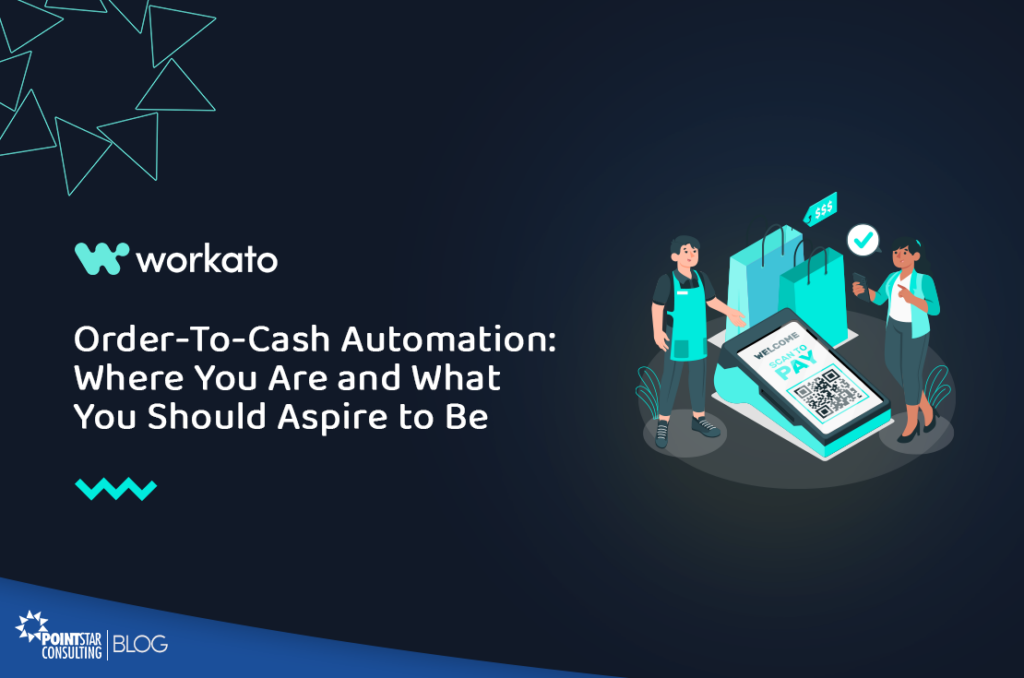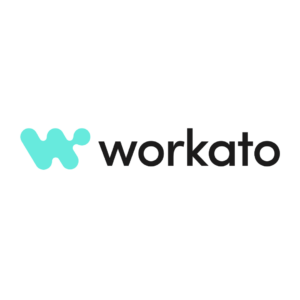The order-to-cash (O2C) process encapsulates the transaction lifecycle between customers and businesses. When a customer places an order, the O2C process gets kickstarted, followed by the scheduling for the date when the order is to be delivered, the shipment of the order, the creation of an invoice to be sent to the customer by accounts receivable, the payment by the customer, and lastly the recording of the payment received in the general ledger (GL).
While these may seem like banal details that chronicle a transaction from the beginning to the end, the truth is the O2C process and how it is handled often lies at the heart of the success of a business. If managed efficiently, this is a process that will earn businesses the loyalty of customers while also ensuring much-needed liquidity is freed up to facilitate operations.
Yet in the digital business environment, many businesses still find themselves manually managing the O2C process, which often results in human errors and data duplication. These inefficiencies can result in costly loss of customer loyalty due to instances of delays in deliveries, and complications that need to be resolved before a business its receives payment.
A study by the American Productivity & Quality Center (APQC) found that companies in the “top performers” bracket spent 2.5 times less on O2C-associated costs compared to “bottom performers”. Meanwhile, 77% of chief financial officers (CFOs) responding to a PYMNTS and
Corcentric survey said their digitisation “investments led to improvements in their management of working capital and credit”.
So, where do you even begin if you are a business dipping your toes in the water before you embark on automating your O2C process? There is a glut of cloud solutions available, and it is because of this that you need to be discerning when you make your decision. Below, we outline a few considerations that you can take into account before you make that all-important plunge.
Steps Towards Digitising Your O2C Process
Scrutinise Each of Your O2C Touchpoints
A clear understanding of your present O2C process is imperative when you embark on O2C automation. Speaking to the users of your O2C platforms will equip you with both the pros and cons of your present system and allow you to work towards tailoring or customising aspects of your automation efforts.
A precise examination of all the different platforms involved in managing your O2C processes is also a good starting point. This also helps you to identify and prioritise areas that need immediate attention. For instance, if your invoicing is done manually, it helps to know details such as areas where data misalignment occurs or to identify why delays in payments happen, or how you respond when customers fail to pay on time. These things help you decide where and which processes can reap the immediate benefits of automation.
Study How Your Contemporaries Manage O2C
A perfect gauge of where you stand in O2C digitisation can be obtained through a survey of other companies like yours. Your research can solidify and lend credence to your objective through numbers.
For instance, a survey by Aberdeen Group shows that “21% of best-in-class companies make adjustments to their credit policies to minimise outstanding accounts receivables (AR) and bad debt”, and also “that 34% of best-in-class organisations are investing in A/R automation”. A study of businesses similar to yours will reveal how technology underpins their O2C digitisation, and all are backed with solid statistics.
Where You Are and Where You Want To Be
Now that you are equipped with the O2C maturity level in your organisation and the industrial standards, you can begin developing a plan based on the maturity stage of your organisation and the solutions available in the market. While there are a plethora of methodologies to choose from, a simple framework based on levels would suffice.
For instance, companies on Level Zero may find themselves manually managing all their processes such as the entry of data or CSV imports. Those on Level One of the O2C maturity stages may have automation focused solely on time-scheduled data syncing between various solutions.
In contrast, those on Level Two may have end-to-end automation for processes from order fulfilment to aligned data. Lastly, those who have fully automated their O2C processes operate at a level where their manual involvement in the O2C operations ceases, and they start focusing on predictive insights and data-driven, strategic decision-making.
How Workato’s Low-code/No-code (LCNC) iPaaS Solution Sets On Your Path to O2C Automation
Free Up Capital to Fuel Your Operations
Having your accounts finance professionals manually track orders from marketplaces, or customer relationship management solutions such as Salesforce, before keying them into your backend financial management system such as Oracle NetSuite is a process riddled with human errors which result in delays in processing payments.
A cloud iPaaS solution like Workato enables LCNC integrations between solutions like Salesforce, Oracle NetSuite, and the e-commerce platform you operate on. You can also integrate your e-invoicing solutions such as Freshbooks with Oracle NetSuite and automate the billing process every time a transaction without having your staff manually do them. This instantly weeds out errors and data duplication and accelerates the release of funds that are so crucial to the operations of your business.
Improve Your Order Processing Times
Workato’s iPaas-driven integration enables you to connect your back-office operational solutions such as Oracle NetSuite, or other inventory management software with most e-commerce marketplaces.
When this integration is in place, the customer is immediately notified of information such as close-to-accurate delivery date as instant cross checking will reveal the stock balance of a product purchased by a customer, and also details such as the closest point from which it can be delivered to the customer.
Respond Swiftly to Consumer Demands
In a highly competitive business environment, the key to success often lies in identifying changing consumer demands and having an adequate response plan when it becomes evident what worked before does not work anymore.
An iPaaS platform like Workato, by the virtue of its cloud architecture, provides businesses who have integrated their different cloud solutions with timely updates on their customers, allowing organisations to react swiftly and decisively to changing customer needs.
Unlock Key Insights For Business Growth
When the tedious manual O2C process that often entails copious amounts of menial work is eliminated, precious time will be freed up for your account and finance professionals in your organisation.
This would allow them to study and put to good use the consolidated data that is at their disposal. This also allows finance and accounts professionals to spot trend and unlock key insights for strategic business growth.



